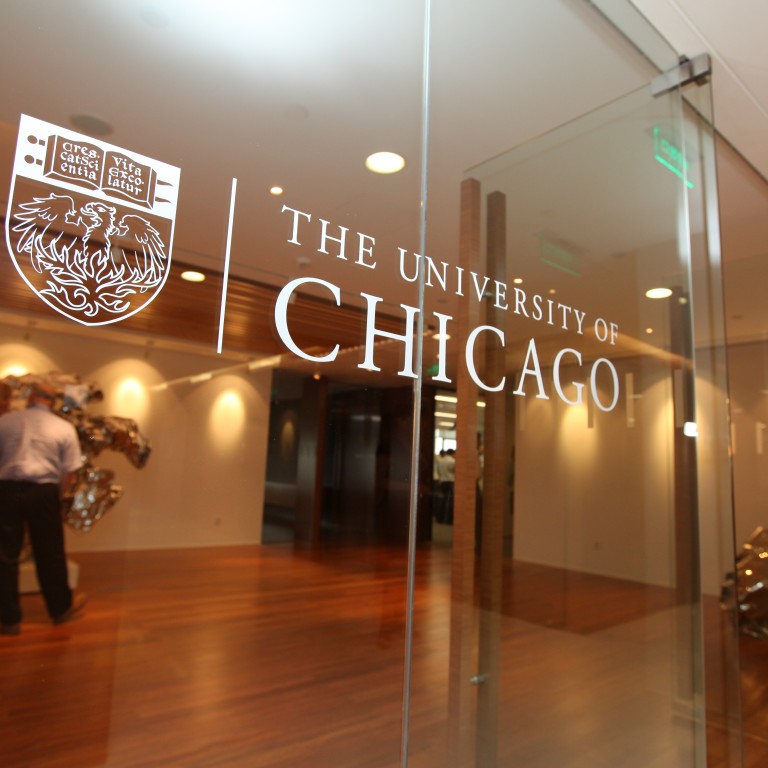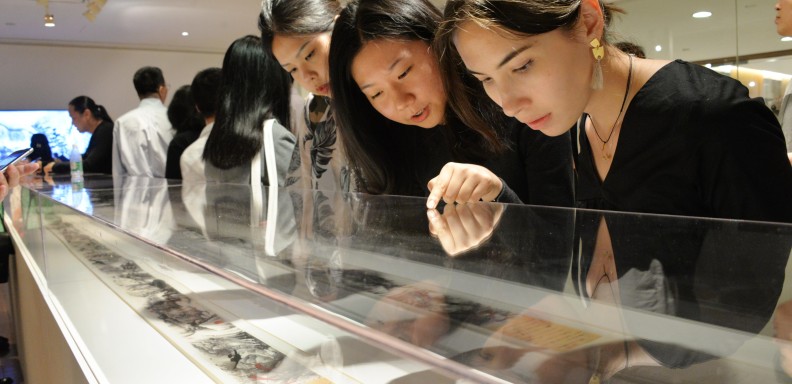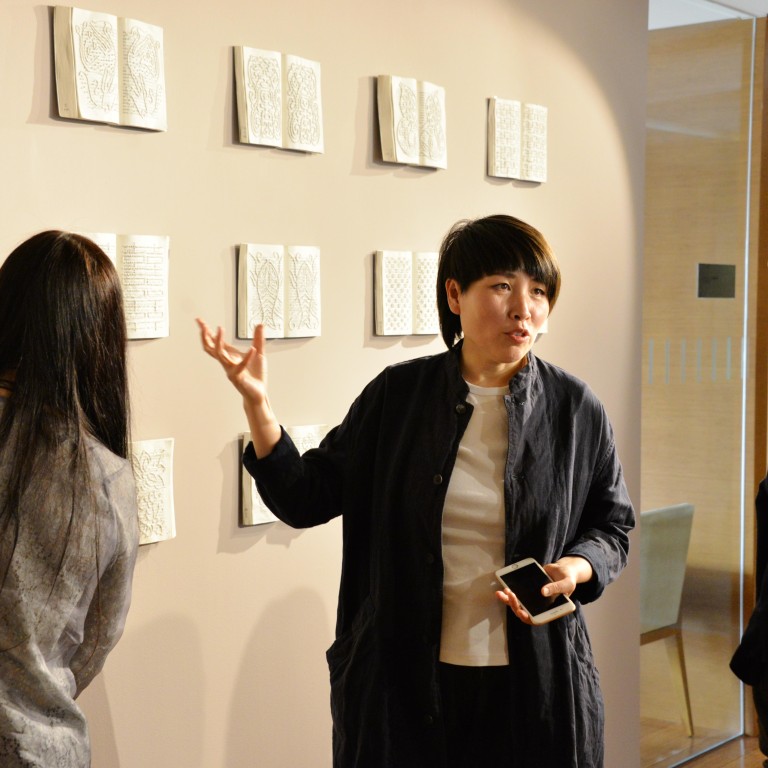In an endeavor to reevaluate the rich visual and material heritage of Southeast Shanxi, China—a region nestled in the southeast of the Tai Hang Mountains—the UChicago Center in Beijing and UChicago Center for the Art of East Asia jointly organized a two-day seminar held from August 12th to 13th. This seminar embarked on a nuanced exploration of the complexities inherent to this unique area.
Structured into four sessions, the seminar's mission was to dissolve boundaries between materials and reconstruct the broader visual and material cultural tapestry of Southeastern Shanxi from a multidisciplinary perspective. Experts and scholars hailing from diverse fields such as Buddhism, architecture, sculpture, mural art, and burial practices converged to share insights.
Commencing with keynote speeches by esteemed professors Wei-Cheng Lin and Wu Hung, both from the University of Chicago, the seminar transitioned into its first session titled “Spatial Constructions.” Here, discussions centered on architectural design and construction within the region. Scholars presented research encompassing topics such as the design and construction of Lianghoudian grottoes in Wuxiang County and the sacred temple of Gaoping during the Jin and Yuan dynasties.
The second session focused on the captivating visual themes and styles evident in Southeast Shanxi's artworks. Scholars engaged in dialogues surrounding Buddhist sculptural motifs, pilgrimage imagery at the Dongyue Temple in Xinjiang County, and the rediscovery of woodblock prints of Guan Yu, among others.
Preceding the Yuan Dynasty, Southeast Shanxi held a trove of ancient architectural remnants, adorned with vibrant sculptures and mural art. The third session, titled “Architecture and Multi-materials,” delved into the architectural wonders of that era. Presentations touched on topics including architectural decoration within Song and Jin Dynasty tombs in the region, interdisciplinary exchanges between materials, and an examination of regional communication and interaction reflected in the region's burial practices.
Owing to its unique geographical characteristics, the region boasts a renowned legacy of Buddhist sculptures. The seminar's final session, titled “Religion and Material Culture,” examined subjects such as the iconographic design of the Twenty-Eight Constellations at the Yuhuang Temple in Fucheng and the intricate techniques and cosmological models underpinning colored sculptures at the Tie Fo Temple in Gaoping.
This seminar, one of UChicago Center in Beijing’s Provost Global Faculty Award programs, exemplifies a significant stride in reevaluating the historical importance of the region. It serves as a platform for experts and scholars to exchange ideas and insights, illuminating a more comprehensive interpretation of Southeast Shanxi's abundant heritage. Notably, over 200 attendees contributed to the seminar's success.



